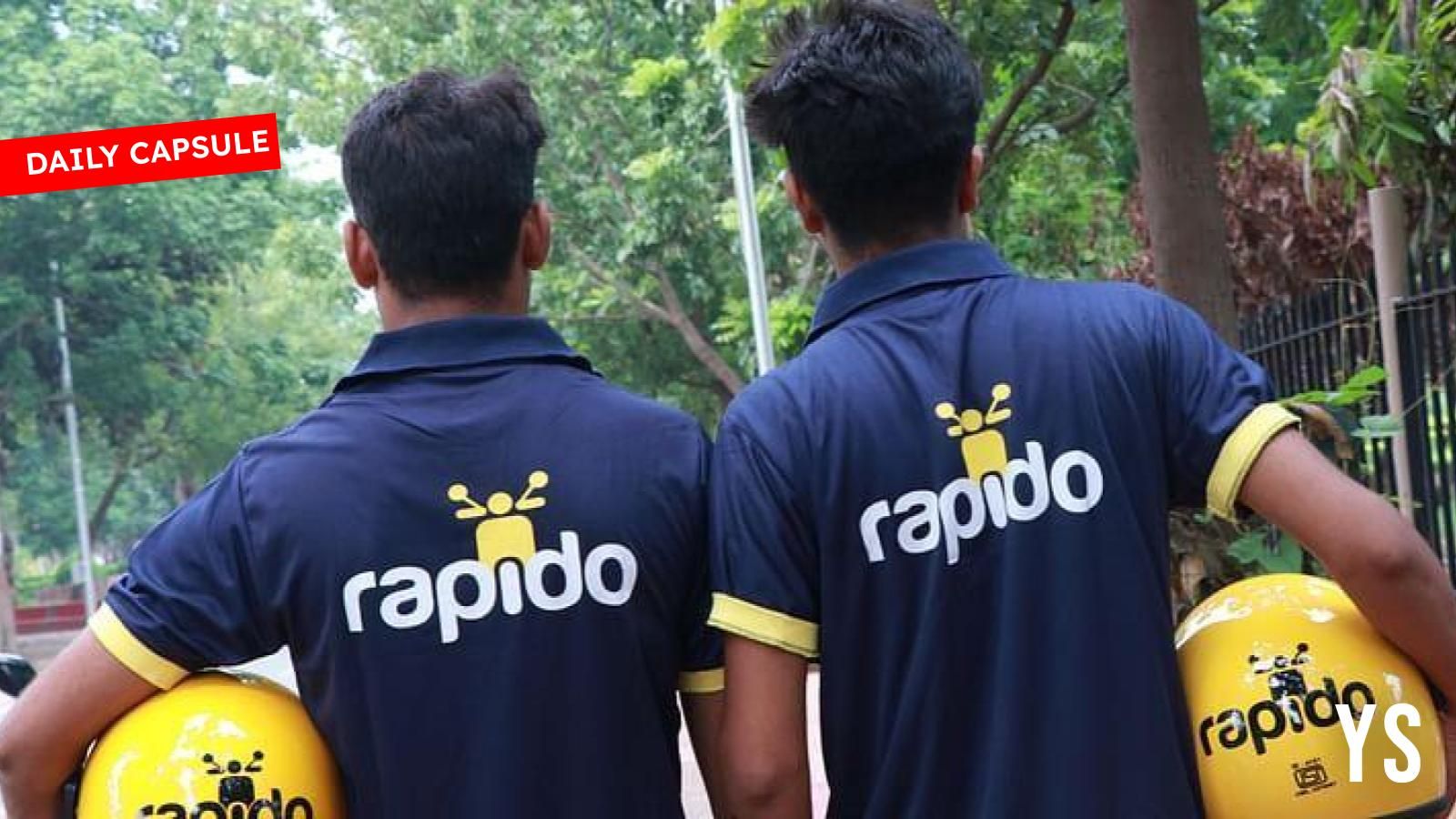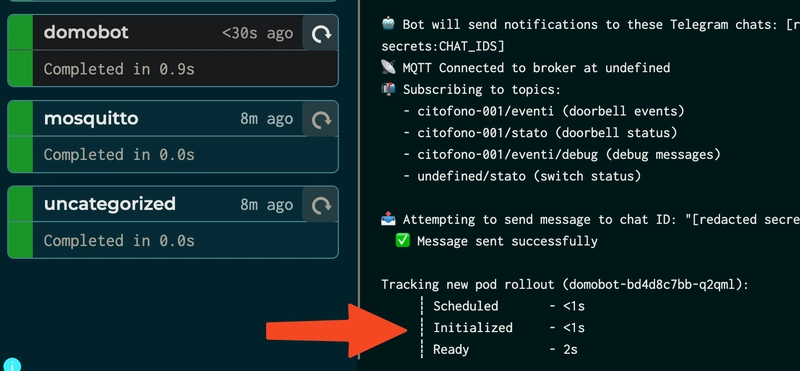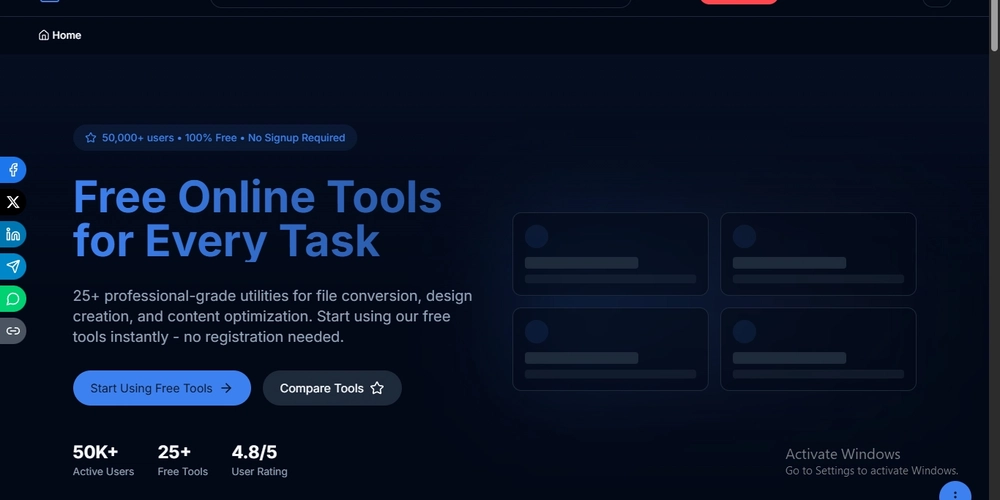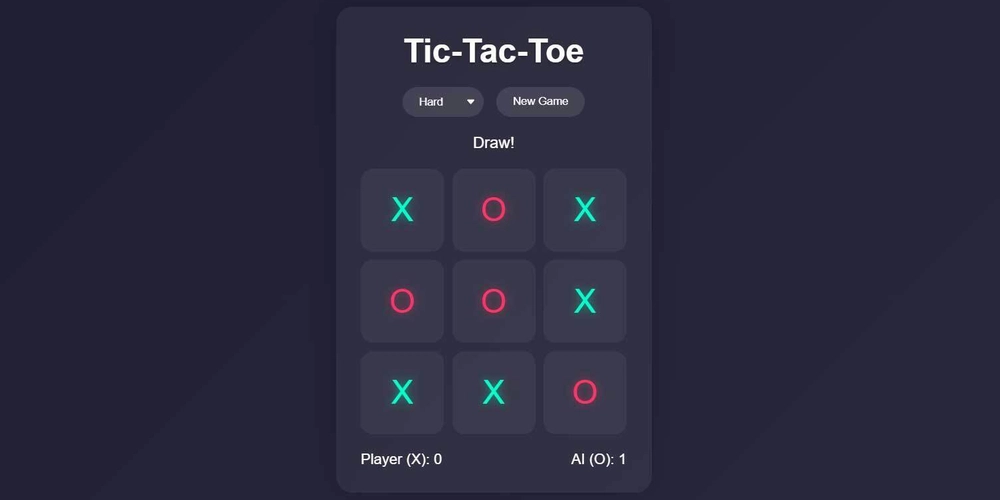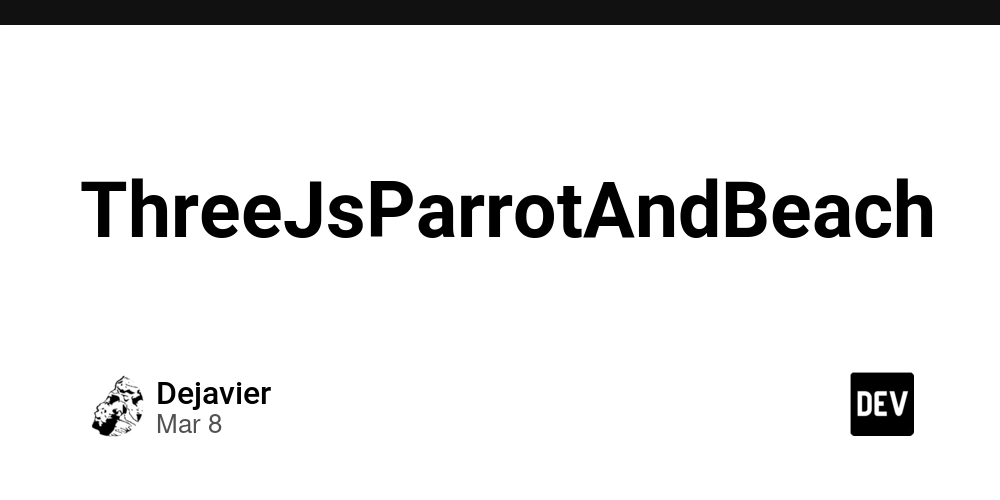Tilt: Improving Local Development with Production-Like Environments
After reading about Tilt in "Optimizing Cloud Native Java" by Benjamin Evans, I decided to try it out. Tilt promises to reproduce production stacks for local development with hot reloading capabilities. The Problem Tilt Solves Local development environments are often broken because they're not part of CI. Despite attempts to include local development setup in CI, it's difficult to maintain. This leads to waiting for CI pipelines to finish or cobbling together commands and port-forwards to test services locally. As a developer who relies on tight feedback loops for TDD, having a reliable local environment is crucial for productivity. Implementation Example I tried Tilt with a Node.js project that remotely controls my doorbell. Here's the Tiltfile I created: load('ext://secret', 'secret_create_generic') # Build Docker image from local directory docker_build('ghcr.io/gurghet/domobot', '.') # Deploy Kubernetes resources k8s_yaml('infra/namespace.yaml') k8s_yaml('infra/deployment.yaml') # Deploy Mosquitto MQTT broker for local development k8s_yaml('infra/local/mosquitto.yaml') # Create Kubernetes secret from local environment variables secret_create_generic( name='domobot-secrets', namespace='domobot', from_env_file='.env.local' ) # Configure Mosquitto MQTT broker resource and port forwarding k8s_resource( 'mosquitto', port_forwards=["1883:1883"] ) # Configure the domobot deployment resource k8s_resource('domobot', port_forwards=[]) With this single configuration file, I was able to launch a dockerized Node.js app alongside an MQTT broker service with the necessary secrets. The Key Advantage: Instant Updates The most impressive feature was the hot reload capability. When I fixed a bug in my application code and simply saved the file, Tilt automatically rebuilt the Docker image and updated the Kubernetes deployment instantly. The UI clearly showed all components of the deployment, with warnings for any issues. Being able to see errors and fix them without manual rebuilding or redeploying dramatically improved my workflow. Conclusion Tilt effectively bridges the gap between local development and production environments. While implementing it for complex microservice architectures will require initial setup effort, the benefits of a reliable, self-healing local environment outweigh the investment. The tool provides what Docker Compose alone cannot: truly seamless hot reloading of containerized applications in a Kubernetes context, creating a much tighter feedback loop for development.
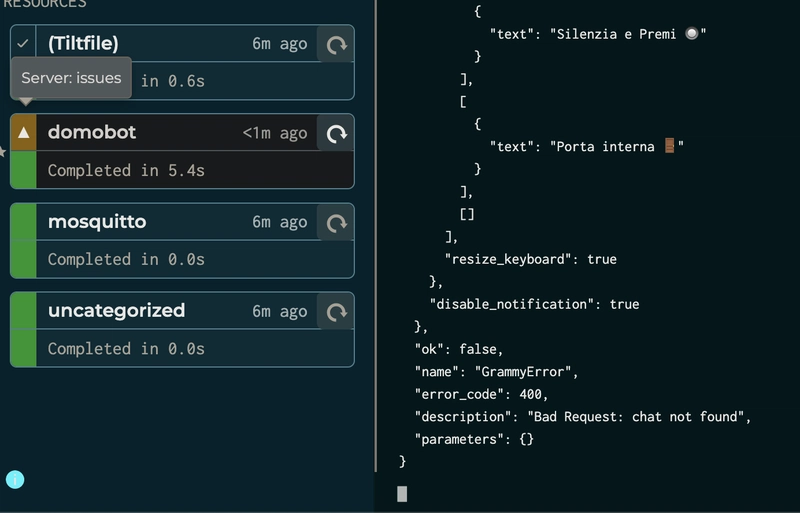
After reading about Tilt in "Optimizing Cloud Native Java" by Benjamin Evans, I decided to try it out. Tilt promises to reproduce production stacks for local development with hot reloading capabilities.
The Problem Tilt Solves
Local development environments are often broken because they're not part of CI. Despite attempts to include local development setup in CI, it's difficult to maintain. This leads to waiting for CI pipelines to finish or cobbling together commands and port-forwards to test services locally.
As a developer who relies on tight feedback loops for TDD, having a reliable local environment is crucial for productivity.
Implementation Example
I tried Tilt with a Node.js project that remotely controls my doorbell. Here's the Tiltfile I created:
load('ext://secret', 'secret_create_generic')
# Build Docker image from local directory
docker_build('ghcr.io/gurghet/domobot', '.')
# Deploy Kubernetes resources
k8s_yaml('infra/namespace.yaml')
k8s_yaml('infra/deployment.yaml')
# Deploy Mosquitto MQTT broker for local development
k8s_yaml('infra/local/mosquitto.yaml')
# Create Kubernetes secret from local environment variables
secret_create_generic(
name='domobot-secrets',
namespace='domobot',
from_env_file='.env.local'
)
# Configure Mosquitto MQTT broker resource and port forwarding
k8s_resource(
'mosquitto',
port_forwards=["1883:1883"]
)
# Configure the domobot deployment resource
k8s_resource('domobot', port_forwards=[])
With this single configuration file, I was able to launch a dockerized Node.js app alongside an MQTT broker service with the necessary secrets.
The Key Advantage: Instant Updates
The most impressive feature was the hot reload capability. When I fixed a bug in my application code and simply saved the file, Tilt automatically rebuilt the Docker image and updated the Kubernetes deployment instantly.
The UI clearly showed all components of the deployment, with warnings for any issues. Being able to see errors and fix them without manual rebuilding or redeploying dramatically improved my workflow.
Conclusion
Tilt effectively bridges the gap between local development and production environments. While implementing it for complex microservice architectures will require initial setup effort, the benefits of a reliable, self-healing local environment outweigh the investment.
The tool provides what Docker Compose alone cannot: truly seamless hot reloading of containerized applications in a Kubernetes context, creating a much tighter feedback loop for development.








































































































































































![[The AI Show Episode 142]: ChatGPT’s New Image Generator, Studio Ghibli Craze and Backlash, Gemini 2.5, OpenAI Academy, 4o Updates, Vibe Marketing & xAI Acquires X](https://www.marketingaiinstitute.com/hubfs/ep%20142%20cover.png)



















































































































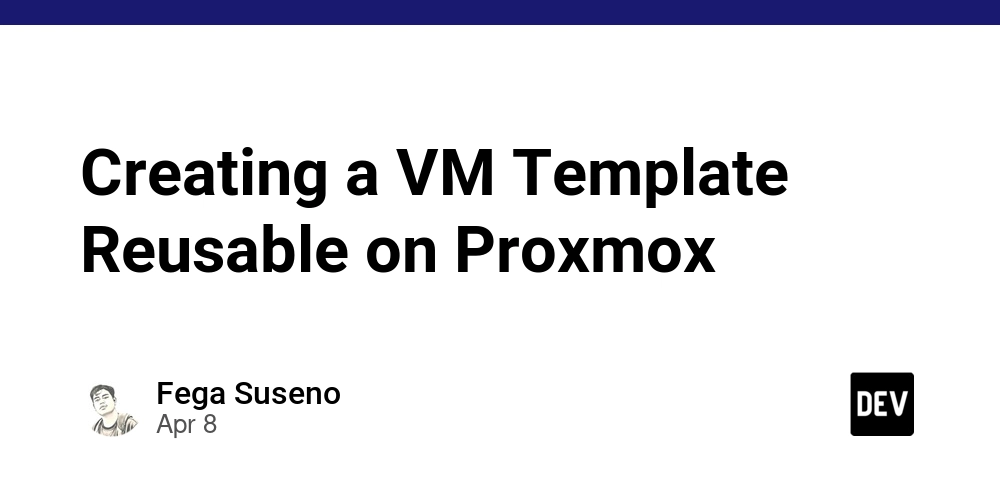












![From drop-out to software architect with Jason Lengstorf [Podcast #167]](https://cdn.hashnode.com/res/hashnode/image/upload/v1743796461357/f3d19cd7-e6f5-4d7c-8bfc-eb974bc8da68.png?#)














































































































(1).jpg?width=1920&height=1920&fit=bounds&quality=80&format=jpg&auto=webp#)















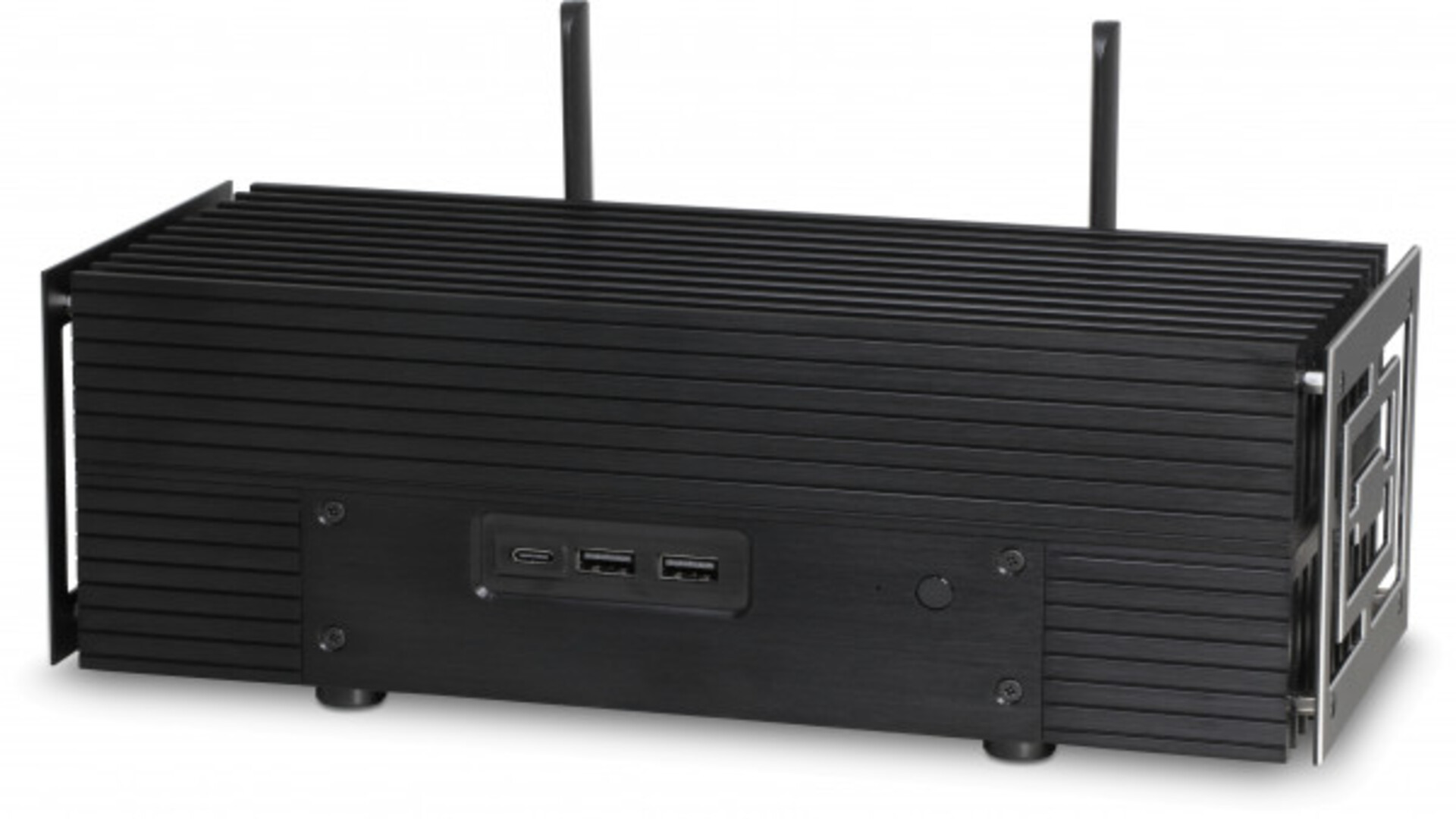













_NicoElNino_Alamy.png?#)
.webp?#)
.webp?#)



















































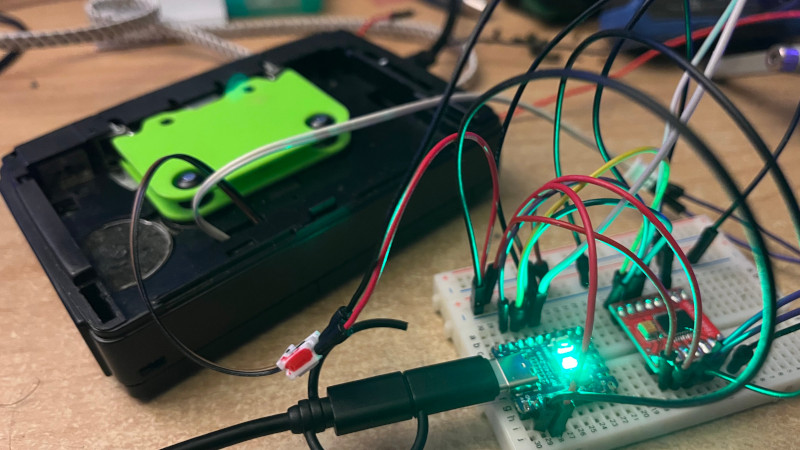


































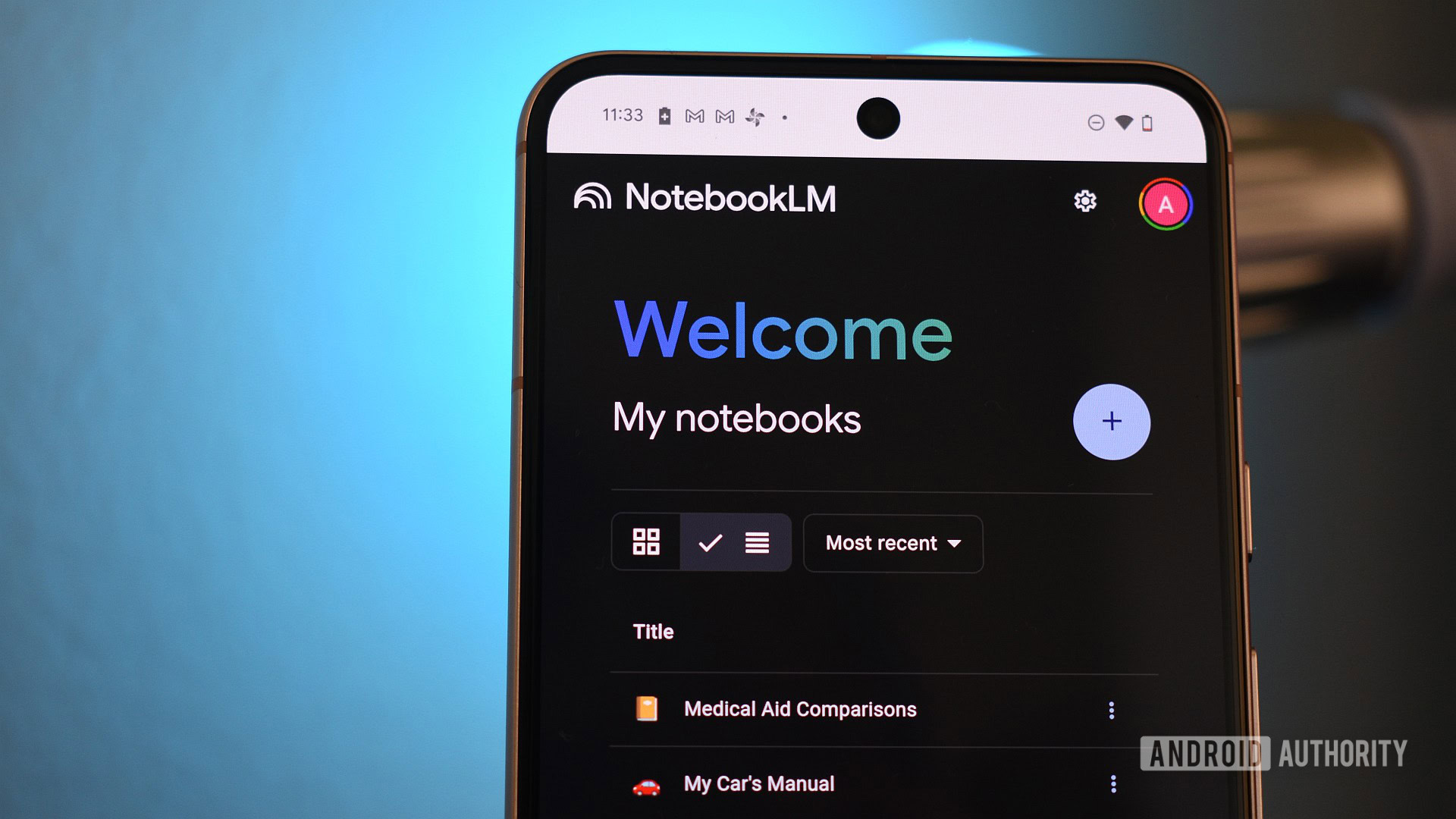

















![New iOS 19 Leak Allegedly Reveals Updated Icons, Floating Tab Bar, More [Video]](https://www.iclarified.com/images/news/96958/96958/96958-640.jpg)

![Apple to Source More iPhones From India to Offset China Tariff Costs [Report]](https://www.iclarified.com/images/news/96954/96954/96954-640.jpg)
![Blackmagic Design Unveils DaVinci Resolve 20 With Over 100 New Features and AI Tools [Video]](https://www.iclarified.com/images/news/96951/96951/96951-640.jpg)


































































